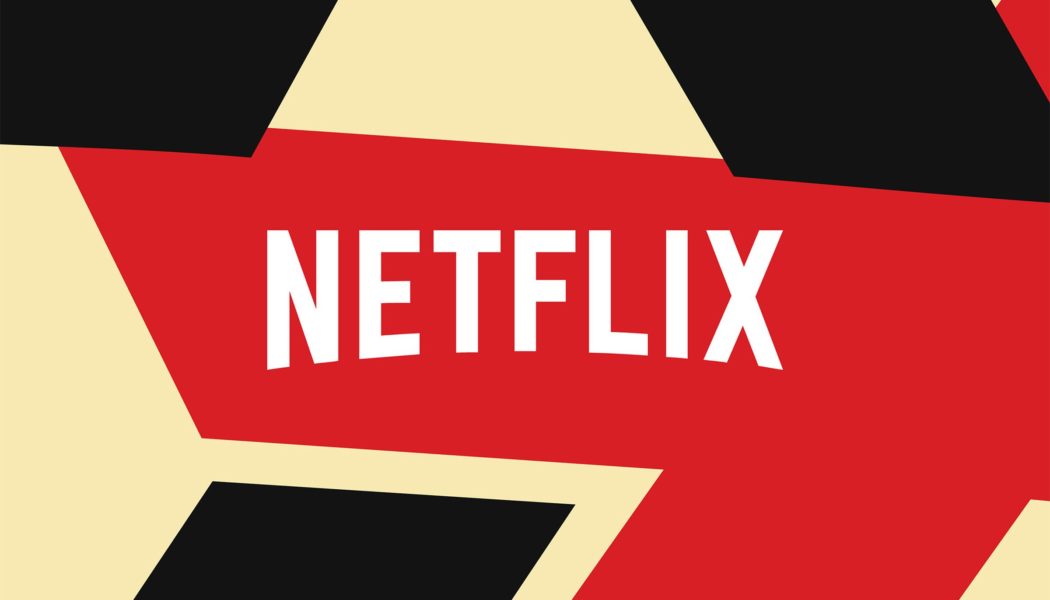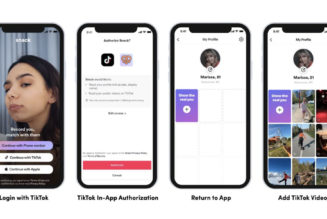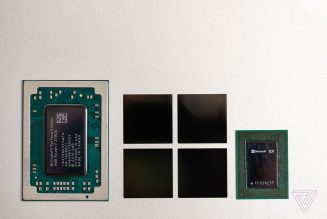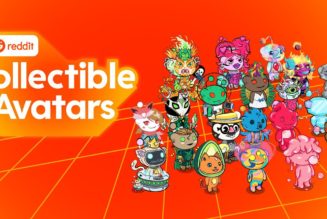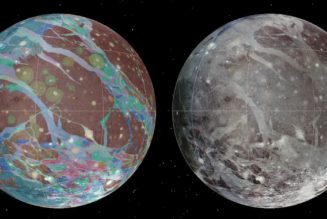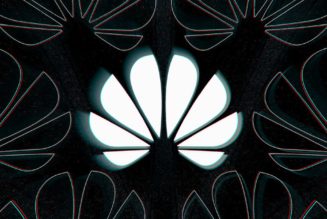The teenage streaming years have presented the company with major competitors from the likes of Amazon and Apple, but 15 years ago it was all about mailing DVDs and Blockbuster.
:format(webp)/cdn.vox-cdn.com/uploads/chorus_asset/file/23923972/acastro_STK072_01.jpg)
Netflix streaming is getting into its angsty teenage years, as today marks 15 years since it launched its streaming services. It’s easy to forget what things were like before the age of streaming, but a decade-and-a-half ago, if you had a Netflix subscription, that meant paying a monthly subscription for a rotation of DVDs mailed to your door.
But while things are vastly different today, and Netflix has grown into a juggernaut in the entertainment world, the chatter even then was all about Netflix’s competition — though, in this case, instead of Amazon, Apple, and Warner Discovery: it was Blockbuster.
Perusing this New York Times article about Netflix “delivering movies to the PC” at the launch of the service back in 2007 is like peering into a time capsule of a different world. Remember, up to this point, Netflix’s way of disrupting the entertainment world was through logistics.
If you rented DVDs (and previously, VHS tapes) from Blockbuster, you normally paid per rental and suffered the fear of steep late fees if you didn’t return on time. Netflix instead shipped DVDs to people’s doors for a subscription, with no fear of late fee penalties — the secret sauce that spelled doom and many lost profits for Blockbuster.
You can actually still subscribe to this service from Netflix, despite its site giving off some odd, knockoff vibes until you notice the “A Netflix company” branding beneath the site’s logo. But back before DVDs became a low-key service for — I assume — people with poor internet connections, older folks who are accustomed to physical media, or just absolute sickos, streaming video from Netflix was a pretty limited affair.
At launch, there were only 1,000 movies and TV shows available to stream, compared to the 70,000 DVD titles it had at the time. And streaming something on your PC (remember, there was no doing so on a phone or tablet) came with limitations that in our binge-watching world of today are unheard of:
The bulk of Netflix’s subscribers, who pay $18 a month and are allowed to keep three movies at home at all times, will receive 18 hours of free watching every month. Those with cheaper plans will have fewer free hours and those with premium services will receive more.
Turning to more of these vintage bangers from the New York Times article, it’s sobering (and hilarious) to recall that, in the early age of Netflix yore, the very concept of movies or TV shows not having object-permanence on a physical DVD or the spinning platters of your hard drive were absolutely novel:
Netflix is introducing a service to deliver movies and television shows directly to users’ PCs, not as downloads but as streaming video, which is not retained in computer memory.
If today’s little anniversary has you wondering how the hell a logistics company grew to be a juggernaut of the entertainment industry that’s now known for winning Academy Awards instead of shipping discs, check out season two of the podcast Land Of The Giants from Recode and Vox. The seven-part season, The Netflix Effect, covers the tech company’s rise and the sea change it helped start 15 years ago.
Imagine doomscrolling Netflix and then waiting three days before you could watch what you finally selected. Let us know in the comments if you used to get those red Netflix mailers to your door, and definitely tell us if you still do.
